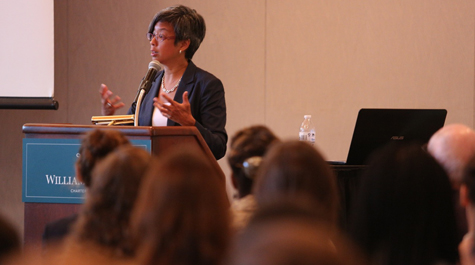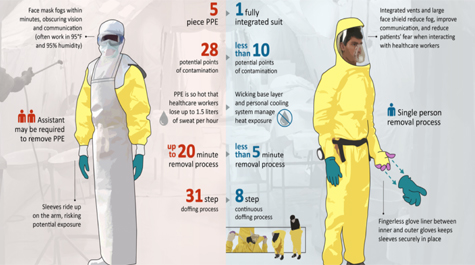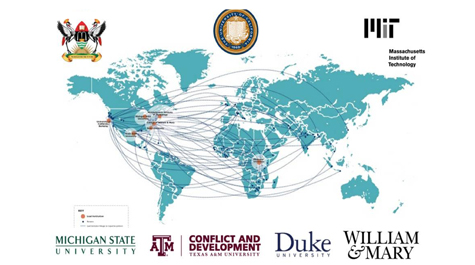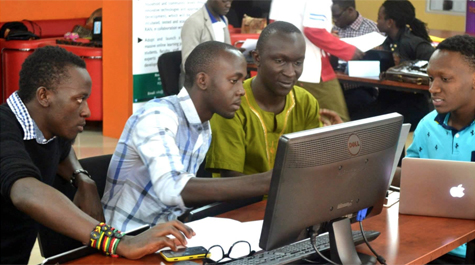Chang: AidData 'critical' to university-led development network
Ann Mei Chang, executive director of the United States Global Development Lab at USAID, recently shared with an audience at William & Mary what she called “the core areas” of 21st century development.
Chang pointed to five steppingstones for success: open innovation, evidence and iteration, scale and sustainability, enabling technology and partnership. Chang was effusive in her praise for the part AidData is playing in moving each of those steps forward.
“AidData has encoded almost $1 trillion of development program dollars to understand where exactly they’re being spent and how,” she said. “By doing so they ware able to help us, local governments and NGOs better target their dollars to the places it’s needed the most.”
In 2012, USAID launched the Higher Education Solutions Network (HESN). William & Mary is one of seven universities involved in the program, whose stated goal is to “harness the ingenuity and passion of university students, researchers and faculty to deliver the greatest impact and develop innovative solutions to the world’s most challenging development problems.”
William & Mary, Chang said, “has really stood out because of the multi-disciplinary, evidence-based approach it takes. We see AidData as a critical piece to building this university-led network that we think can be catalytic in drawing more and more academic resources into the fields of development.”
The Global Development Lab is the newest bureau at USAID, our government’s foreign assistance development arm. Launched by then-Secretary of State Hillary Clinton, its mission is to look at how science, technology, innovation and partnerships could transform the way the U.S. approaches development. It’s no longer just about giving money. In 1990, 50 percent of U.S. development aid was in the form of dollars. This year, less than nine percent will be financial.
“We can’t do it alone and even if we could do it alone, we don’t want to do it alone because we want to bring in diversified, different perspectives,” she said. “HESN is our investment to leverage those abilities. We really think that the rigor of academia, especially using data-driven development, absolutely resonates with the core values of the lab, so we want to bring that rigor across the board to what we’re doing in development.”
Chang said the first order of business is to find great new innovations. Those ideas can come from anywhere, and she used the protective suits worn by medical personnel fighting the Ebola crisis in West Africa as a prime example.
The original suits took 15 minutes to don, took two people to remove, were unventilated, sand could be worn no longer than 45 minutes because the temperature inside the suit was unbearable.
“Literally, people would pour the sweat out of their boots when they got out,” she said. “You can imagine trying to save lives under those conditions.”
The Global Lab issued an “Ebola Challenge” to design a better suit. The final product had an integrated cooling system, was a single piece that a person could easily remove themselves, and was much more comfortable, allowing doctors and nurses to spend more time with their patients.
While Johns Hopkins University led the project, among the designers was a sportswear company that developed wicking material as well as a wedding dress designer.
“All of these people brought different ideas to the table,” Chang said.
It’s one thing to have a great idea, Chang said. What matters is whether it works in the conditions it is designed to solve.
“That’s why I’m such a big fan of AidData, because I think AidData lives and breathes this ethos of focusing on data-driven development,” she said. “That we can make better decisions for development if we have data that tells us what works and what doesn’t.
“Today there are several USAID missions working with AidData and using AidData tools to inform their development efforts. We’re hoping that will continue to grow and over time become a standard best practice of how we do business.”
AidData, Chang said, has played a vital role in increasing technology’s role in global development.
“One thing AidData has done is fielded fellows to developing countries,” she explained. “We’ve often found that people in developing countries don’t have the tools or expertise to use data to make development decisions. They’re often shooting in the dark. By sending fellows out to do training, run hack-a-thons, develop curriculum, these fellows are able to build up the capacity for people in developing countries. They’ve been incredibly useful.”



















